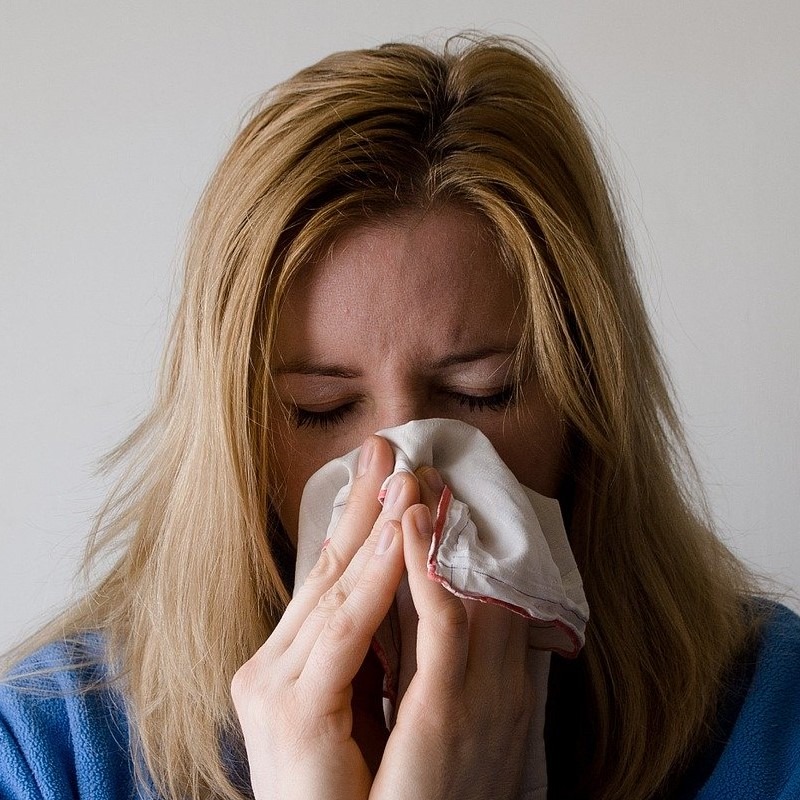COVID-19 shut down America. In the past months, we have all had to make tough decisions in both our personal and work lives.
And if you are an employer, you’ve been faced with the nearly overwhelming task of keeping your business running efficiently- if even running at all.
It would seem that as we move toward opening America back up, things would get easier. After all, there is a light at the end of the tunnel. But we’re not quite there yet.
Opening back up for business brings with it its questions and uncertainties. Because we are living through unprecedented situations, answers to some of these questions are still in flux.
Others, however, are available, but they aren’t always easy to find in one place. Our solution was to compile a list of FAQ questions and answers all in one place to make life just a little bit easier for you during such trying times.
Readiness Plan
If you implemented a COVID-19 readiness plan, you might already be familiar with many of these topics. However, before COVID became rampant in their communities, many companies closed, so they have to play catch-up as we move towards reentry.
We’ll start with OSHA guidelines, move on to how to navigate EEOC and ADA laws, and finish up with the framework for a quick & easy reentry plan in the next post.
OSHA Guidelines
What guidelines do we have to follow to keep workers safe according to the Occupational Safety And Health Act (OSHA)?
OSHA’s General Duty Clause requires employers to equip each worker with
“employment and a place of employment, which are free from recognized hazards that are causing or are likely to cause death or serious physical harm.”
The OSHA requirements for preventing occupational exposure to SARS-CoV-2 also apply to avoid occupational exposure to SARS-COVID-19. A full list of requirements can be found on the OSHA website. Requirements relevant to most businesses are:
- OSHA’s Personal Protective Equipment (PPE) standards require using gloves, eye and face protection, and respiratory protection when job hazards warrant.
- When necessary to protect workers, employers must implement a comprehensive respiratory protection program using respirators per the Respiratory Protection standard (29 CFR 1910.134).
- Also, OSHA’s Bloodborne Pathogens standard (29 CFR 1910.1030) offers a framework for controlling the spread of the virus via body fluids like respiratory secretions.
Are the OSHA Standards the Same in Every State?
No. There are 28 COVID-19 state plans.
What If an Employee Raises a Concern?
OSHA’s whistleblower provision protects employees who complain about hazardous conditions. Employers can not retaliate against employees for raising a concern.
OSHA provides guidelines to assist employers in creating workplaces that are free of retaliation and recommendations to employers on how to appropriately respond to workers who may complain about workplace hazards or potential violations of federal laws.
OSHA’s article, Recommended Practices for Anti-Retaliation Programs, is an excellent place to start if you are in this situation.
How Do Employers Prevent Discrimination?
This question spawns a whole host of other questions. So many so that the EEOC has created a webpage called
“What You Should Know About COVID-19 and the ADA, the Rehabilitation Act, and Other EEO Laws.“
We recommend reading this document as it covers so much ground and goes into so much detail. But we’ll include a few Q&A’s here.
How Much Information Can Employers Collect From an Employee Who Calls in Sick?
During the COVID-19 pandemic, ADA-covered employers may ask employees who call in sick if they are experiencing symptoms of the virus. These include fever, cough, chills, shortness of breath, or sore throat.
Because we are still learning about the virus, you may have heard of other possible symptoms. You should rely only on what the CDC, public health authorities, and reputable medical sources recognize as COVID symptoms when determining whether or not you can ask employees about additional symptoms.
Employers must retain all employee information as a confidential medical record in compliance with the ADA.
Can Employers Screen Employees for Fever?
CDC and state/local health authorities have recognized community spread of COVID-19 and issued precautions, which means that employers may measure employees’ body temperature.
Can Employers Require Employees to Stay Home If They Have a Fever?
Yes. The ADA follows the guidelines set down by the CDC on this matter. Employees who have symptoms of COVID-19 should leave the workplace and remain at home for a minimum of 14 days.
If an Employee Has COVID-19, Can Employers Share Information With Other Employees?
The Health Insurance Portability and Accountability Act (“HIPAA”) restricts disclosing an individual’s health information to others.
There is an exception, however, when disclosure of a co-worker’s illness will protect the lives of others. If there is a real risk of an employee infecting others with COVID-19, disclosure may be permitted.
Can We Require a Doctor’s Note Certifying an Employee Is Fit to Return to the Workplace?
Yes. Under the ADA, employers may inquire because they are not disability-related or may be justified under the ADA standards for disability-related inquiries of employees.
Keep in mind; however, doctors may be overwhelmed right now and may not have time to provide fitness-for-duty documentation.
You may need to be flexible and allow local clinics to provide a form, a stamp, or an e-mail to certify an individual has been tested and does not have COVID-19.
May an Employer Administer a COVID-19 Test Before Permitting Employees to Enter the Workplace?
Since an individual with the virus will pose a direct threat to the health of other workers, businesses can mandatory test for the virus.
It is the employer’s responsibility to ensure the tests are accurate and reliable. You can find more guidance on safe and accurate testing at the FDA website.
Note: Just because an employee tests negative does not mean they will not acquire the virus later.
When Are Employees Entitled To COVID-19 Medical Leave?
The Family and Medical Leave Act (“FMLA”) requires covered employers to provide job-protected leave for specific medical and family reasons.
Employers with 50+ employees must provide qualified employees up to twelve weeks of unpaid leave if they or a close relative are infected with the coronavirus.
Schedule a FREE Consultation
Schedule a FREE consultation where our expert team will learn about your specific site or facility – what you have, what you need, and where we can help you.
We can create a customized plan to fit your needs. Then, you can take delivery of your welloStationX and start scanning to help reduce your risk of infections.


